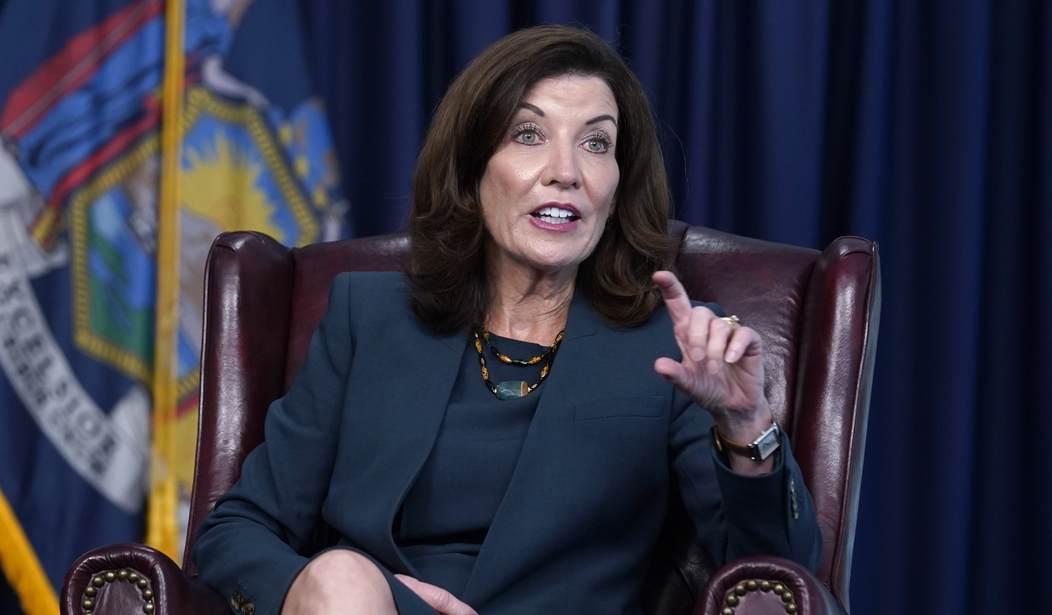New York state led the way in reforming bail laws to make sure that all but the most violent offenders would be released without bail. What could possibly go wrong? As it turns out, plenty.
Aren’t the criminals grateful for this second, (third, fourth) chance to turn their lives around? Actually, no. The ungrateful wretches slither out of police custody and just go on robbing, shooting, and killing to their hearts’ content.
Any mentally competent six-year-old could have predicted the tragedy that unfolded. Once again, radicals used the bodies of ordinary people to experiment with radical solutions to what should be a simple problem. Violent criminals and people accused of violent crimes need to be incarcerated for the safety of the rest of us. Full stop. End of story.
It appears now that the radicals’ social experiment may be ending.
New York Gov. Kathy Hochul proposed letting judges set bail for more repeat offenders, as well as for people who are accused of a larger list of gun crimes.
If adopted, New York would become the biggest state to pull back on progressive criminal-justice policies, some of which have come under attack amid a nationwide rise in violent crime.
Democratic New Jersey mayors in February called on lawmakers there to require pretrial detention for people accused of gun crimes, tightening a bail law that was loosened in 2017. In Wisconsin, the Republican-controlled state Assembly passed a constitutional amendment last month that would make it harder for criminal defendants to be released on bail. The measure gained steam after a 39-year-old man who was free on bail allegedly killed six people when he drove his SUV through a downtown Christmas parade in Waukesha.
The criminal justice system is not a laboratory where the pet theories of radicals are given a trying out. They are constituted based on a simple premise: people need to be protected in their homes and neighborhoods from those who, for whatever reason, would do them harm.
It has nothing to do with race. Some people have, some people have not, and some of the have-nots are willing to do anything — including committing violence — to have.
New York City data show that roughly 5% of people who are released ahead of their trial are rearrested, and about 1% are rearrested for a violent felony, according to an analysis by New York City Comptroller Brad Lander. The percentages remained nearly identical after the state law took effect, Mr. Lander’s report said.
But high-profile offenses allegedly committed by people awaiting trial on other charges seem to have changed public opinion against the law. As many as 56% of voters surveyed this month by the Siena College Research Institute said they believed the law was bad for New York, compared with 38% of respondents who said in 2019 the law would be bad after its enactment.
That 1% rearrested for a violent crime is 1% too many. It’s a meaningless figure — unless the victim of that 1% is your mother, father, brother, sister, son, or daughter.
The minute we stopped thinking about crime in those terms, it became easier to release people who have proved to be violent.










Join the conversation as a VIP Member